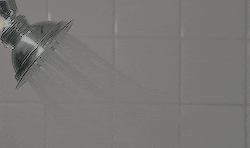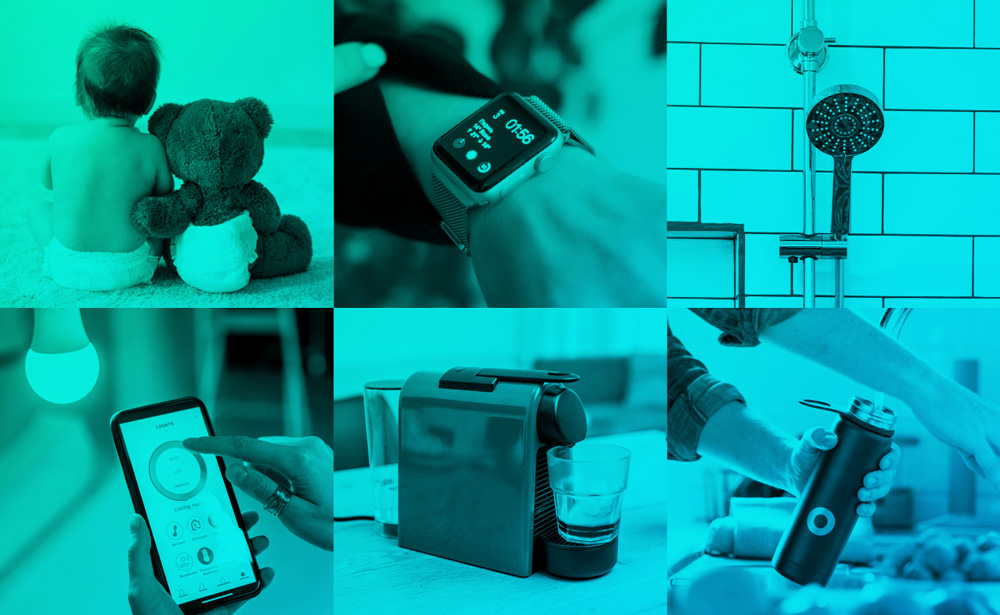We all too often overlook the masterpieces code creates that serve us in ways unthinkable by those who lived 100 years before us. The “Internet of Things” is seamlessly woven into our everyday lives, with IoT-enabled products in every corner of the modern home. Here are a few unexpected and useful ways that everyday objects use programming and connectivity to make our lives easier (or at least a lot more interesting).
1. Coffee Makers
A smart coffee machine that you can programme from your smartphone is a real dream come true on those hard-to-wake-up mornings. Appliances like Smarter Coffee can be controlled via your mobile device, to give you a caffeine boost on demand. You can start brewing your next cup based on time or geo-location, schedule several cups in a row to wake up your whole household, and even select your preferred strength. What a smart way to start the morning!

2. Athletic Wear
Wearable tech now plays a big role in the way we monitor our daily health and fitness levels. IoT-enabled activewear is becoming more commonplace, with smart clothing items being programmed to help you achieve your fitness goals. Some notable examples include running socks with pressure sensors to monitor your running style, workout gear that monitors your heart rate, breathing and movement, and even a “smart sports bra” that uses AI to track your workout stats and conditions. In this way, code serves some of the most natural aspects of human need. It helps to make progress measurable and keeps us in the know of what our bodies are up to.
3. Cooking Appliances
Smart kitchen devices are here to help you get cooking down to a fine art. These IoT-enabled cooking gadgets are ideal for time-sensitive or temperature-reliant tasks. Think connected crock pots, fryers, sous vide cookers and even digital, Bluetooth-enabled meat thermometers. Ever wanted a personal chef? Well no need to hire anyone, code is doing it for you.
4. Light Bulbs
That’s right, even the humble light bulb can be programmed to run code. The Philips Hue LED light bulb is one great example of this; the bulbs feature a bridge that allows you to connect them to your mobile device, and then customise the lighting in your home remotely. More and more companies are focusing on the idea of “smart lighting”, with applications ranging from security and convenience, to ambience and mood lighting with customisable colour and brightness settings. It’s fascinating that code can set a mood that aligns with where we’re at emotionally or simply conserve energy. No more hunting for that light switch in the dark.

5. Baby Accessories
Young, tech-savvy parents are choosing coded baby wear to ensure their little ones’ safety. Smart onesies, socks and hats now come with built-in sensors to track a baby’s heart rate, temperature and breathing. Programmable changing pads monitor a baby’s weight and relay collected information about growth and development to the parents. Digital pacifiers create a time-stamped log of a baby’s temperature, which helps parents to monitor and treat common illnesses. All in all, IoT-enabled baby care helps to relieve some of the anxiety that comes with looking after a tiny human.
6. Teddy Bears
Your child’s cuddly night-time protector just got a whole lot smarter, with biosensors that help to monitor activity levels, heart rate, temperature, posture and even oxygen saturation. Teddies and other soft toys can now be programmed to keep track of a growing toddler’s biometric data. This allows mom and dad to stay in the know between visits to the doctor. There’s much to be said about the intuitive, omniscient nature of the technology code is able to create.

7. Water Bottles
Staying hydrated is important, and easy to lose track of, especially when you’re busy. Water bottles like H2OPal and Hidrate Spark offer a smart solution. I0T-enabled Water bottles that leverage the power of code work with apps on your smartphone, which will notify you about your hydration levels based on your physical activity, the amount of water consumed in a certain period of time, and other key statistics (depending on your choice of bottle). This is great news for your daily wellbeing, whether you’re outdoors being active, or working at your desk for long periods of time.
8. Showers
There’s nothing quite like a refreshing shower to perk you up, and now your bathroom appliances can be programmed to give you a fully customised shower experience. Smart shower systems like U by Moen can be controlled via mobile devices or voice commands. You can easily control temperature, scheduling and timing, to ensure your whole family gets a hot shower in the morning, without wasted water, or a fight for access to the bathroom. We tend to see code as something opposite to what it is to be human. And yet we see that it can be a language of harmony and order that produces a gentler way to live.

9. Family Photos
IoT-enabled photo frames take the concept of a digital photo frame one step further. Forget the hassle of loading photos manually from your laptop – these frames are coded to automatically sync with an app on your phone, which will choose your photographs for you. You can also allow your family and friends to add their own shots to the app. Wi-Fi-enabled digital photo apps like Aura run each photo through a series of algorithms before displaying it, so you don’t have to worry about blurry, low-res shots or inappropriate pics.
10. Ice Cubes
A clever, if somewhat quirky, application that code has made possible in retail, the “Smart Cube” from Martini is a Bluetooth-enabled ice cube that uses liquid sensors to anticipate when bar patrons will need a drink refill, and communicates this to the bar staff in real-time. This nifty gadget is designed to reduce crowds and queues, while improving sales.
It’s amazing to think just how many common objects in our homes, offices and favourite hangout spots can be programmed to run code in unexpected ways. If you want to learn how to create cutting-edge code that allows you to build software and apps like these, visit HyperionDev and discover just how far this innovative industry can take you.
Editors note: this article was originally published in July 2018.


